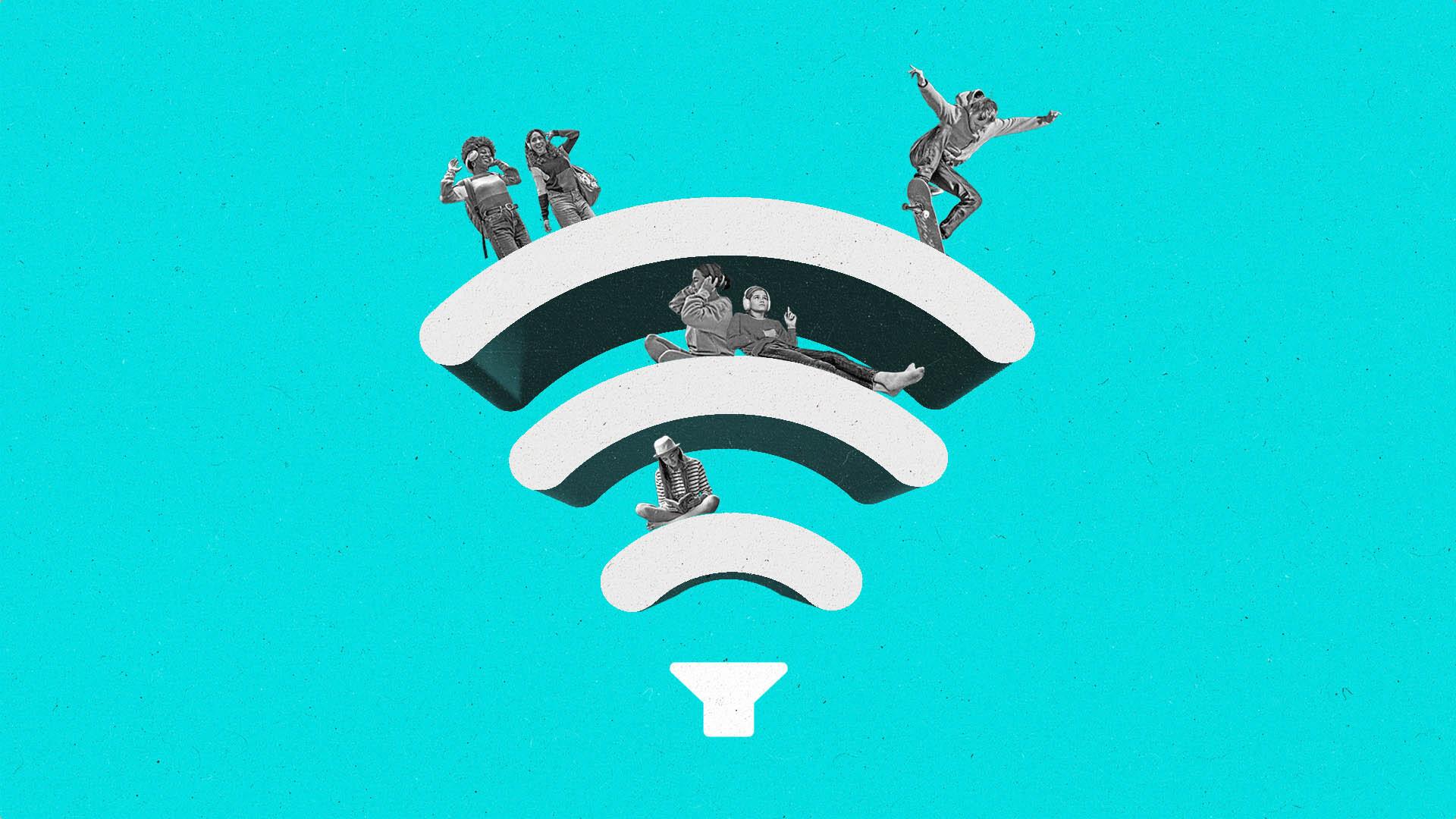Gen Z loves premium content, not just YouTube. Here’s the data to prove it.

Young people love going to the movies.
Case in point: A whopping 99% of the U.S. audience for A Minecraft Movie’s opening weekend in April was between the ages of 13 to 24. It earned close to $1 billion in global ticket sales, including more than $400 million in the states.
It reflects data on Gen Z entertainment trends. According to the National Research Group (NRG), Gen Z goes to the movies more than any other age group.
This might be at odds with the conventional wisdom that young people are mainly interested in watching short-form user-generated content on YouTube, TikTok and other social video platforms.
To be fair, they do that a lot, as well — over half of Gen Z globally watch YouTube daily, according to GWI.
But it would be unfair, however, and unwise for advertisers, to reduce Gen Z to that kind of consumer. They have shown time and time again that they also heavily gravitate toward professionally produced, premium content when it interests them and is marketed effectively to them — and not just movies on the big screen.
They are interested in discovering older movies and TV shows on streaming platforms; they are the generation most likely to listen to and discover new music on an audio streaming app; and nearly a quarter of them are digital gamers.
“A lot of commentary has been made around how much this generation is engaging with short-form content, but this underestimates how engaged they are with long-form content,” says Matthew Smith, a data journalist with GWI. “They’re the most likely generation to prefer long-form to short-form, and they believe long-form is more educational and is of a greater quality.”
The theater-to-streaming pipeline
Moviegoing hasn’t quite rebounded to pre-pandemic levels — but don’t tell Gen Z that. The share of American Gen Zers attending cinemas at least once a month has increased 29% since 2021, more than other generations, according to Smith.
With Gen Z butts in seats, in-theater advertising companies like National CineMedia (NCM) and Screenvision have been offering brands advanced capabilities for reaching audiences on the biggest screens.
Some of the biggest movies in theaters — often driven by young moviegoers — also become streaming hits, and the theater-to-streaming pipeline is a powerful flywheel for advertisers. Gen Z is more likely to discover new brands and products through streaming platforms than traditional advertising channels, according to Smith.
“As streaming services are being established as a significant advertising channel for this generation, advertisers should pay attention to the rights of major cinematic releases in order to capitalize on viewership later down the line,” Smith says.
Further, young people see streaming platforms as discovery engines. Eighty-seven percent of Gen Z respondents for a Tubi and Harris Poll survey released in March said that they want streamers to show older content they’ve never seen before.
The podcast generation
Gen Z consumers are avid audio streaming listeners, with 65% listening to music on a streaming app daily, according to NRG.
But podcasts are the fastest-growing form of audio content among Gen Z, according to GWI, and it seems to be trickling down to the generation after them too — there’s been a 29% increase since 2021 in the number of 12 to 15-year-olds who say they listen to podcasts.
“Since 2021, the rate at which Gen Z discovers new products through podcasts has outpaced growth seen in TV, social media and even music streaming,” Smith says. “As podcast-driven discovery continues to surge, the door is wide open for brands to engage this highly attentive audience.”
But audio’s full potential remains untapped for advertisers: The channel accounts for 25% of consumer attention, but captures 8% of ad investment.
“Almost any other part of your media plan will be positively impacted when you combine it with audio,” Will Doherty, SVP of inventory partnerships at The Trade Desk, said at a recent event. “It’s one of those channels that becomes a superpower for almost every other investment.”
Gaming’s vast opportunity
A new Dentsu report asserts that there are 3.4 billion gamers around the world. It calls gaming “the new social platform” — 32% of Gen Z gamers are more likely than the average gamer to play to spend time with friends, the report found.
“Time spent in gaming continues to rise, especially among Gen Z and millennials,” according to the report.
Indeed, Gen Z gamers spend at least nine hours a week gaming, GWI’s Smith says.
Yet, the gaming sector accounts for less than 5% of ad spend, according to the Dentsu report.
There’s good news though: Advertisers and publishers alike are growing more interested in pursuing programmatic solutions in gaming. At PlayFronts this year, for instance, Roblox announced that brands would be able to programmatically buy rewarded video ads.
“In-game advertising is a significant channel for engaging this generation,” Smith says. “They’re as likely to discover new brands and products through in-game advertising as they are ads on TV and film streaming services.”
The Current is owned and operated by The Trade Desk Inc.